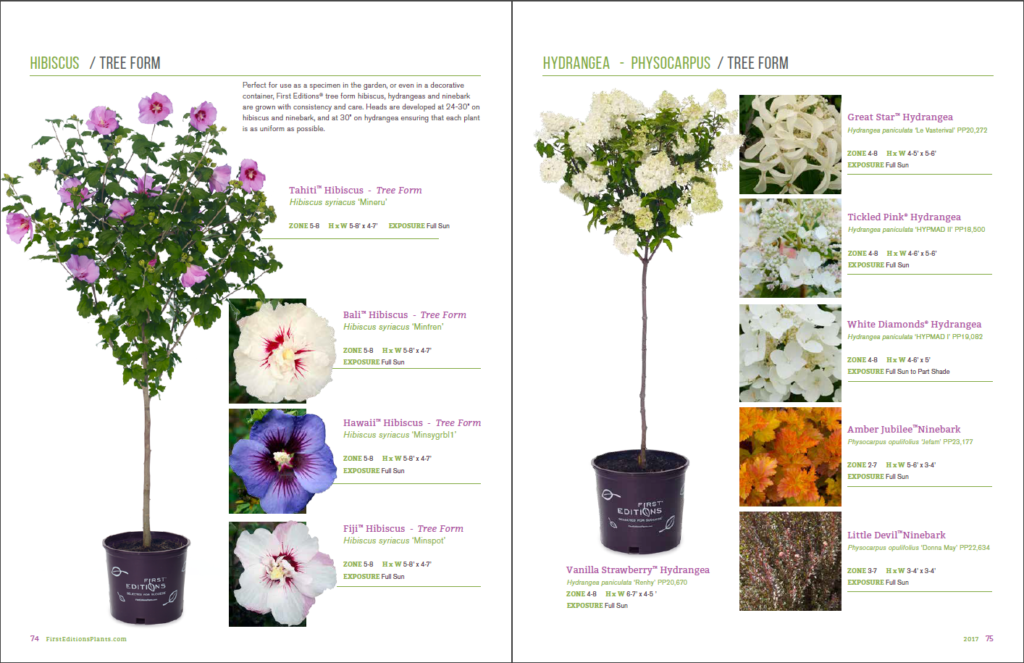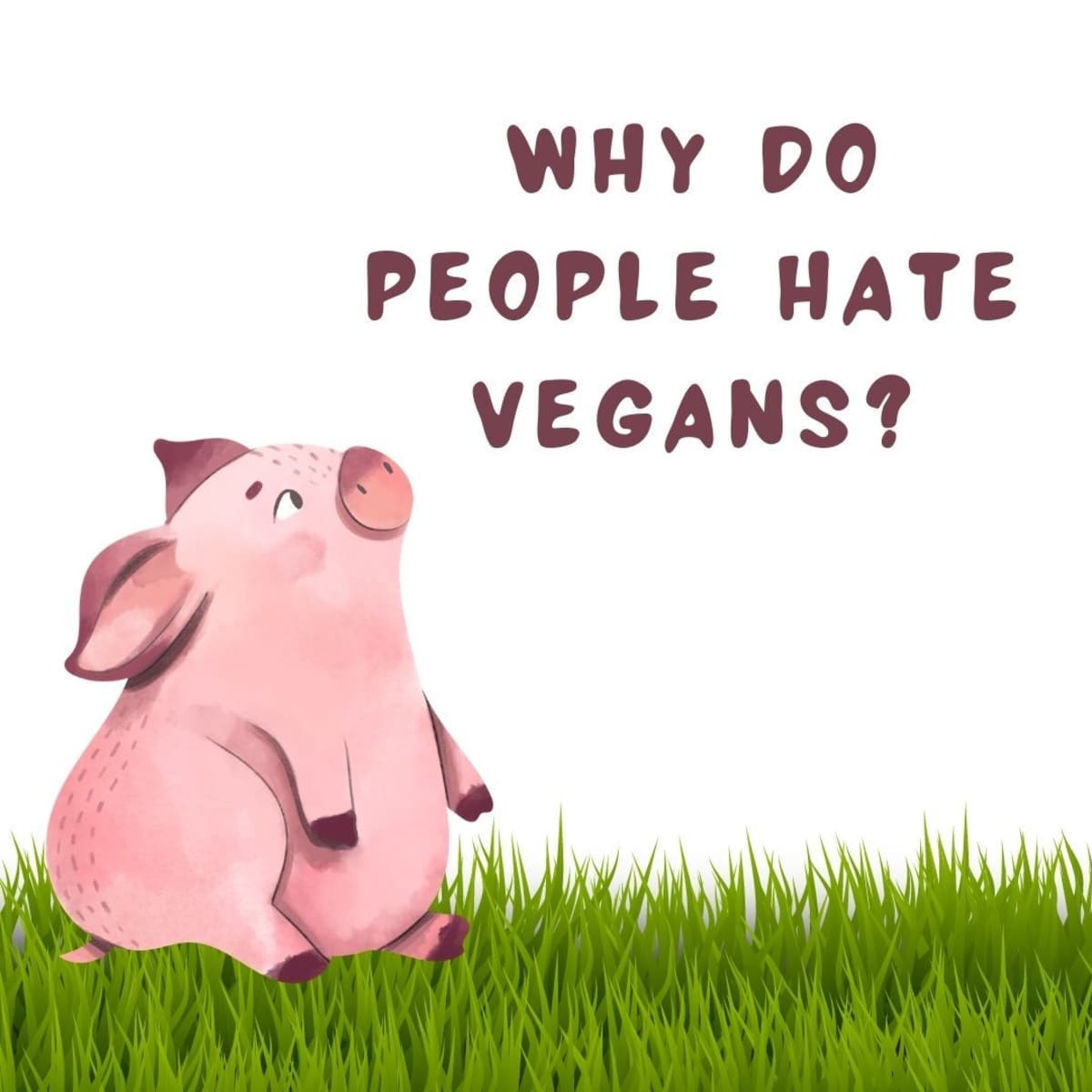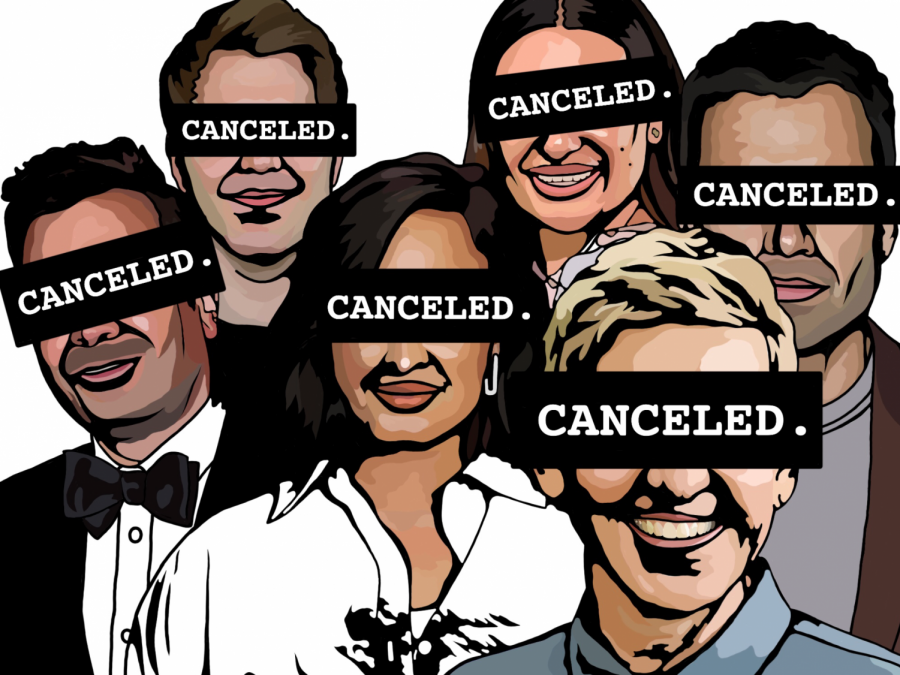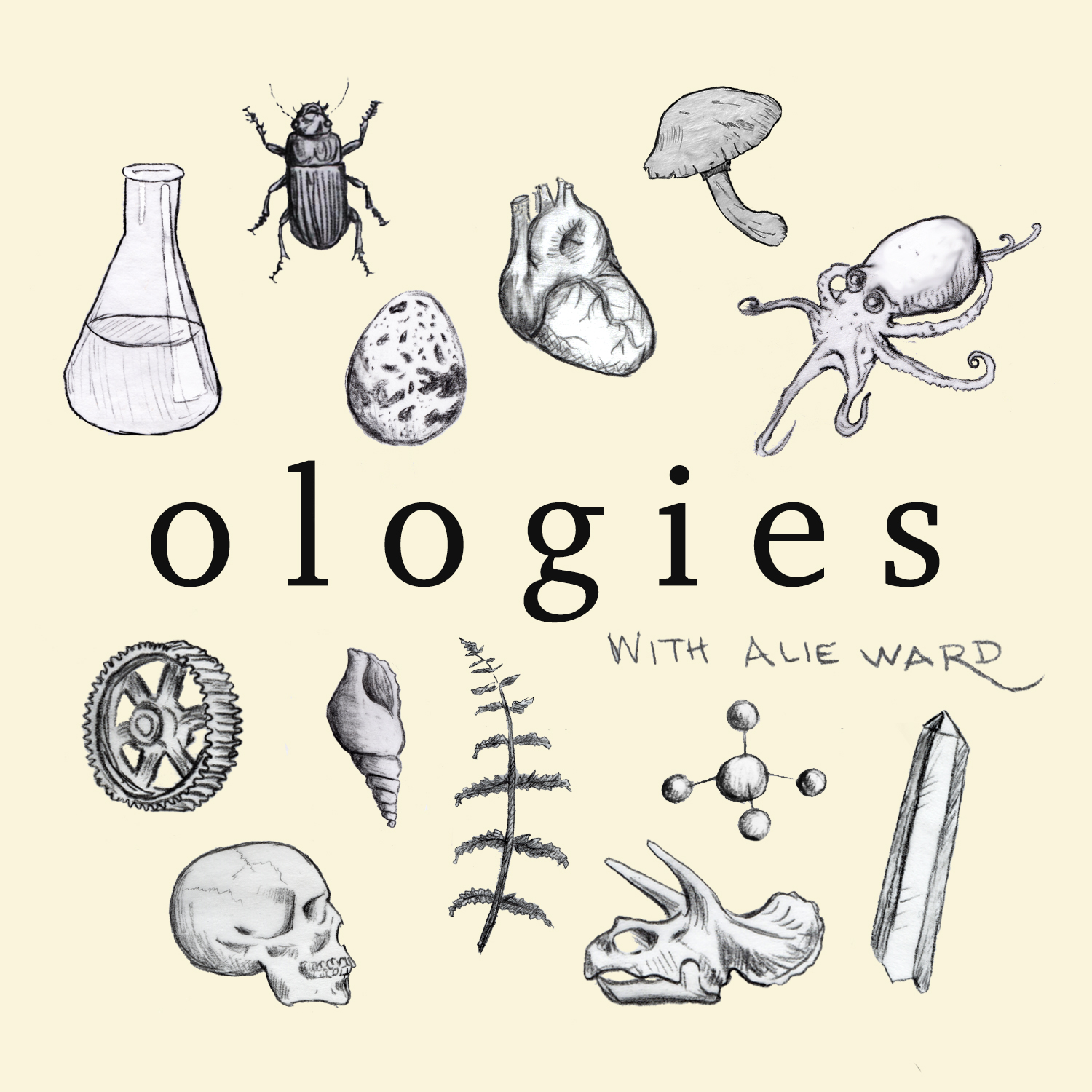The link to my scholarly article can be found here and here
CBruder Communicating Online
Thursday, March 14, 2024
Visual Communication Online
Sunday, March 10, 2024
Online Arguments
- Why did you choose this online argument for your assignment?
- Provide three negative examples and concerns you have with this online argument.
- Create five rules for how people should argue online correctly.
- Have basic respect and decency
- Focus on the original prompt
- Be considerate, limit your own ego
- Focus on solving an issue and reaching consensus, not winning an argument.
- Ignore trolling and unhelpful comments.
Sunday, March 3, 2024
Toulmin Method
The Toulmin Method is a very useful concept to consider when negotiating the landscape of online communication. We often find ourselves lost in arguments online, or in the case that we hear of others in arguments online, we may not even know what an argument is about. In these scenarios, the Toulmin Method is a great way of taking a step back, and approach an argument with a more rational outlook. I find that the best first steps for analyzing an online argument are to only consider the three beginning steps of the Toulmin method: the claim, grounds and warrant. In the simplest language, the claim is an assertion that an author makes in an argument, the backing is the information necessary to understand the claim, and the warrant is the information that links the claim and backing together. Once you have identified each of these components in an online argument, you should have a pretty good idea of the substance of the argument itself. The data, qualifier's and rebuttal are the final three parts of the method, and are important for understanding the overall complexities of the argument, and which conclusions different parties reach based on differing opinions.
Sunday, February 25, 2024
Research Podcast
For this assignment, I selected the Ologies Podcast, by Allie Ward. This podcast is very unique because it is a science based podcast which has a wide ranging, primarily young audience. As we discussed different forms of media within in our study of the Agenda Setting Theory, I thought that Ologies is a unique example of a podcast format. This is because it occupies the role of both horizontal and also vertical media. This is to say, it can cover extremely niche scientific subjects such as the study of crabs in an episode, but also, because of its diverse selection of hundreds of episodes, also aims to appeal to many different people and interests.
Carlow University. (2021, July 27). Essential practices for anyone who wants to use podcasting as a communication medium. Carlow Today & Tomorrow | Creating a More Just and Merciful World. https://blog.carlow.edu/2021/08/16/podcasting-as-a-communication-medium/#:~:text=Position%20yourself%20in%20a%20way,them%20to%20receive%20your%20message.
Ward, A. (2024, February 21). Ologies with Alie Ward on Apple Podcasts. Apple Podcasts. https://podcasts.apple.com/us/podcast/ologies-with-alie-ward/id1278815517
Sunday, February 18, 2024
The Battle For Public Opinion
The Battle For Public Opinion
Sunday, February 11, 2024
Apple Business Analysis
Apple is an American corporation most known for their technology services and products such as iphones and Macbooks.
- Does the company do a good job communicating on its website and social media platforms? Provide examples.
- On the company website, what is featured at the top, in the middle, and at the bottom of the home page? Why do you think they have it organized this way? In your opinion, is it effective?
- Does the business communicate an identity online? Provide examples.
- Where could the company improve its online communication?
Sunday, February 4, 2024
Digital Natives, Digital Immigrants
This week, I read "The myths of the digital native and the multitasker" by Paul Kirschner, and also Digital Natives, Digital Immigrants by Marc Prensky. In this post, I will be sharing some of my reflections about these readings through answering the following questions:
- According to Prensky, what is the immigrant/native divide, and how has it affected how students learn?
Prensky states that the immigrant native divide is a gap in learning abilities between people or generations who have grown up with the internet (digital natives), and those who have lived without the internet (digital immigrants). Digital immigrants have a harder time reacting to content and educational materials that are digital because they spend so much time and brain power on understanding the internet and technology itself, rather than the material. Digital natives on the other hand, have the opposite problem. While adept with technology, they may struggle with readings and non-digital forms of learning.
Wednesday, January 24, 2024
Knapp's Relational Model
Today I'll be discussing one of my personal relationships that started to come apart after a conflict arose. This Summer I spent a majority of my time working as a farmer, producing organic fruits and vegetables. I would often times share produce with friends and family. Whenever I gave produce away I'd find myself talking about the farm and how much I cared about local food. My one friend, whom I'll call J, began to make jokes about farming. At first, I found them to be mostly harmless, but as time went on I realize that they were hurtful, and that we were in the process of differentiating. Over time, I found myself limiting the amount of time I'd spend with J, and stopped giving him produce. I would also find that when we saw one another in public, conversations would end quickly. This stagnation eventually led to me wishing to avoid him and purposefully not going to parts of town that he would frequent. While the friendship has never been terminated, it is in the late stages of coming apart. I would encourage others to think critically about their friendships and also the value of being generous with what they have in order to have healthy relationships.
I believe that online communication at least supported this friendship. In the early stages of coming apart, J and I were able to communicate via text without the subtle annoyances of in person communication dividing us. While I don't believe online communication is ideal for a lot of interposnal communication, in this aspect I feel that it was beneficial.
Thursday, January 18, 2024
Oversharing Online
Do different social networking sites offer other benefits and drawbacks?
I believe different social networking sites definitely each have their own sets of benefits and drawbacks. For example, image based social networking such as instagram may have benefits in that users can share visuals with their friends. However, problems with body shaming and insecurities may arise on the sites as well. This could be contrasted with a social media site such as Reddit, which is more text and link based.
What factors might influence whether Facebook has negative influences, like links with depression, versus positive results, such as boosts in self-esteem?
This may depend on the type of accounts a user is friends with. If you follow only your friends you are less likely to be exposed to the same type of heavily edited images that celebrities post. With that being said however, following your friends could also lead to negative emotions such as jealousy since you are easily able to compare your life with theirs. Understanding this, we can see that it may be more important to try to resolve insecurities in your personal life before immediately jumping to blame social media (even though it can exacerbate insecurities). There is evidence, which you can read about in this article, to support potentially negative health impacts of social media on young people.
Do social networking sites have any responsibility in promoting mental health in their users? If so, how might they go about doing so?
I believe social media networks have some, but not complete responsibility. These companies cannot control how users react to online content, so they shouldn't be liable for emotional responses of users. What they do control is what content is pushed or advertised to users. For this reason, I believe it is important for social networking sites to control and create appropriate content algorithms that are not negative or triggering for users.
Sunday, January 14, 2024
About Me
Hello everyone. My name is Charlie Bruder and I'm originally from the midwestern US. I'm now living in Corvallis and pursuing a degree in microbiology. With my degree I would love to work in the field of agriculture and ecology to develop more sustainable and regenerative practices. I also enjoy farming on its own and growing food.
Visual Communication Online
The link to my scholarly article can be found here and here Social semiotics is the study of sign making, and how humans create and assi...

-
The Battle For Public Opinion The internet has become a primary location for heated political, as well as moral debates. This has a few be...
-
Today I'll be discussing one of my personal relationships that started to come apart after a conflict arose. This Summer I spent a major...












